If you have not been paying attention Matt has started a bit of a cottage industry for all things stem-birds with his blog DinoGoss and his other self-published book A Field Guide to Mesozoic Birds and Other Winged Dinosaurs (2012). Now I really liked his field guide book and I intended to review it back in the day but never got around to it. Perhaps the most invaluable aspect of his field guide to Mesozoic birds is that it put all those wild and wacky basal birds, para-aves, dino-birds, bird-dinos - whatever you want to call 'em - all in one easily readable and navigable book. Cuz lets face it there are a lot of 'em and they often have some pretty complex names and its a bit hard to keep 'em straight. But this book is a little different.
Let's get right to what is on everyone's mind. Matt put a picture of a pterosaur on a book with the words "stem-birds" on the cover. What What WHAAAAT?!?!? As I am fb friends with Matt I was privy to some of the diatribe aimed at Matt for his choice of wording. "But you will confuse people into thinking birds evolved from pterosaurs... Nobody uses the term stem-bird like that NOOOO!!!"
Admittedly I was a little puzzled by it too until I looked at the issue with a more dispassionate head. Birds are the surviving crown group and pterosaurs are (controversially) archosaurs and more basal than the split that leads to birds but they still share an archosaurian common ancestor. I guess, following this line of thinking Stegosaurus is also a stem-bird? Correct me if I am wrong in the comments but this is how I am seeing it. Anyways I am in favor of the title, after all birds are the most diverse crown group archosaur and more species rich than dinosaurs and pterosaurs. If we had recognized dinosaurs as ancestral to birds right from the get-go (as some did) there would be no need for all these semantic discussions. Let me offer this: generally we are quite ok with referring to synapsids like Dimetrodon and other early synapsids as "stem mammals" that is they are on the stem leading to mammals but not necessarily ancestral to mammals. But consider that Dimetrodon, occurring at about 295-272 mya (at least according to wiki) is separated from the first true mammals in the Triassic at about 220 mya (give or take a few million) which give a separation of about 50 million years. Or, if you want to get really picky, the dominant crown group of mammals - the placentals - arrived a bit later perhaps in the Jurassic but possibly as late as the KP boundary. That is potentially over 200 million years separating placental mammals from Dimetrodon. Pterosaurs and winged birds are separated by much less. I defend Matt's choice for the title. It goes against traditional parlance but it is a defensible choice. And it shakes things up a bit. And I am all for shaking things up a bit. I do have to wonder if Matt was trolling us all a little wee bit by putting a pterosaur on the cover of a book with the words "stem-birds".....? We just have to get used to saying I am going to the museum to look at stem-bird fossils.
Now finally to the book. I don't know if it is because I am getting older but the parts of the book that most interested me and where I learned the most had to do with geology of the Solnhofen and the history of discourse, discoveries and evolution of knowledge on the stem birds of Solnhofen. First the geology. Solnhofen is just one of those formations that anyone with a passing interest in paleontology will have heard of. It has always been recognized for its exquisite world class fossils. But what were the conditions that led to such preservation? Matt lays out several not necessarily mutually exclusive theories. My favorite is that sponge and coral reefs rising up to 50 meters from the sea floor created large basins and lagoons. The hot, briny water was heavily stratified with perhaps an anoxic or low oxygen bottom layer inhibiting scavenging and decomposition. Keeping in mind that these basins of salty/anoxic/stratified waters were nary disturbed by currents from the deeper Tethys to the south and sheltered by the proto Europe 'Mittledeutche' to the north. Occasional typhoons or tropical storms - this area was at a latitude equivalent to the Mediterranean back then - would bring in the water from the deeper surrounding oceans. But because the reefs acted as sort of a barrier and filter to particle size entering the lagoons only the finest carbonate would filter into the lagoons and hence the exceptional specimens. That is pretty cool and I had never heard of that theory before. The other theory is that stromatolites provided the finely laminated limestone of Solnhofen.
 |
| wiki commons |
You have probably seen this picture before and had a slight chuckle at the thought of pterosaurs as flying marsupials and Matt does a fine job going over the errors of typological thinking and one is reminded of how easy it is to fall trap to this method of thinking. You probably thought of Archaeopteryx as the most important taxa from Solnhofen but a good case can be made for the relative historical importance of Pterodactylus antiquus and how this taxa, possibly more than any other, helped us arrive at our modern understanding of the evolution of animals in deep time. How so? Well you are going to have to buy the book!!
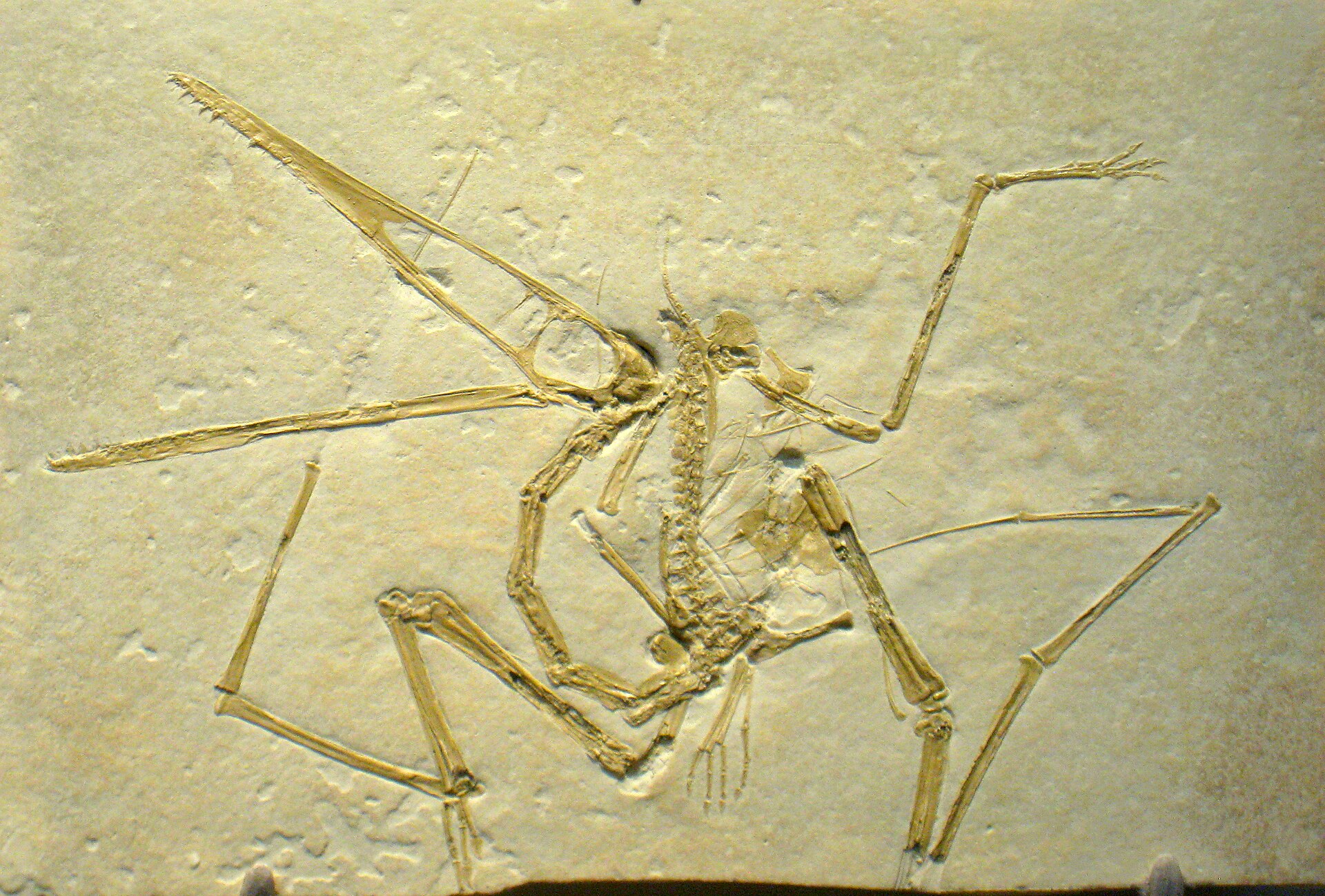 |
| Pterodactylus antiquus. wiki |
And I hope this method of rendering several life stages becomes more common. Indeed this realization of the importance of ontogenetic changes in stem-birds is a major theme of the book and although it has relieved us of a great deal of diversity it speaks to a greater truth regarding these animals which Matt does an excellent job of summarizing in my favorite paragraph from the book below:
"It may seem like this new era of research has resulted in a steep decline in overall stem-bird diversity in general, and especially pterosaur diversity in particular. In reality, we are really just re-thinking what diversity means in the context of their unique life histories. Diversity among stem-birds came mainly in the form of role shifting during their long period of slow growth, rather than the kind of high species diversity seen in modern birds and mammals, which have much faster growth rates. Stem-birds were highly successful to the point of dominating ecosystems on land for hundreds of millions of years, and they were able to do so in part thanks to the ability of each species to inhabit several different niches in the same ecosystem."
Hopefully I piqued your interest a bit to check out this book. It is a good blend of illustrations, history of knowledge, and the latest thought on these animals.
However I would not be doing my job I believe if I did not offer some constructive criticism. Me personally I would have liked the book to go a little further, even if speculative, on how this ecosystem may have functioned. Perhaps just a chapter on the vegetation, main types of sponges and corals present, ammonites, marine reptiles, fish, lizards etc etc- not in depth just a run through. These things would add some context to imagining the lives of these animals. From what I gather the xeric vegetation, hot briny lagoons, stratified water column - all these things suggest a very hard scrabble life for these animals. I would be interested in looking at possible marine resources asides from fish. Of course I am the guy that thinks everyone and their mother was eating a lot more ammonite than generally portrayed. I can easily imagine the slightly hooked rostrum of many of the pterosaurs probing into shelled cephalopods either caught or scavenged and pulling out delectable bits. Did turtles nest on these islands - perhaps offering a seasonal glut of eggs and hatchlings? What about all those sponges and corals - did they have reproductive orgies like modern corals perhaps offering a quick glut of eggs easily scooped up by pterosaurs especially guys like Gnathosaurus? I am intrigued by many of the crustacean remains from Solnhofen. Often described as lobsters they look a bit like some of the pelagic crabs we have today and could have offered up another food source for hungry pterosaurs or shore scavenging theropods.
 |
| Pelagic Red Crab |
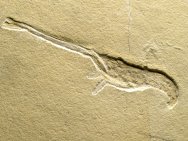 |
| Mecochirus longimanatus |
Cheers!!!
Support me on Patreon.
Like antediluvian salad on facebook.
Watch me on Deviantart @NashD1.Subscribe to my youtube channel Duane Nash.
My other blog southlandbeaver.blogspot.
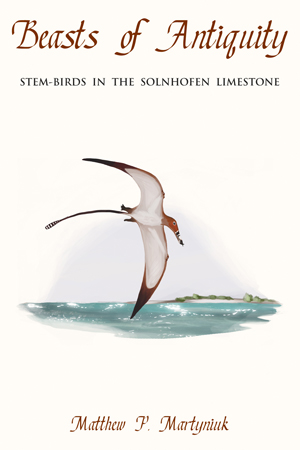


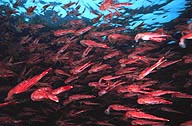
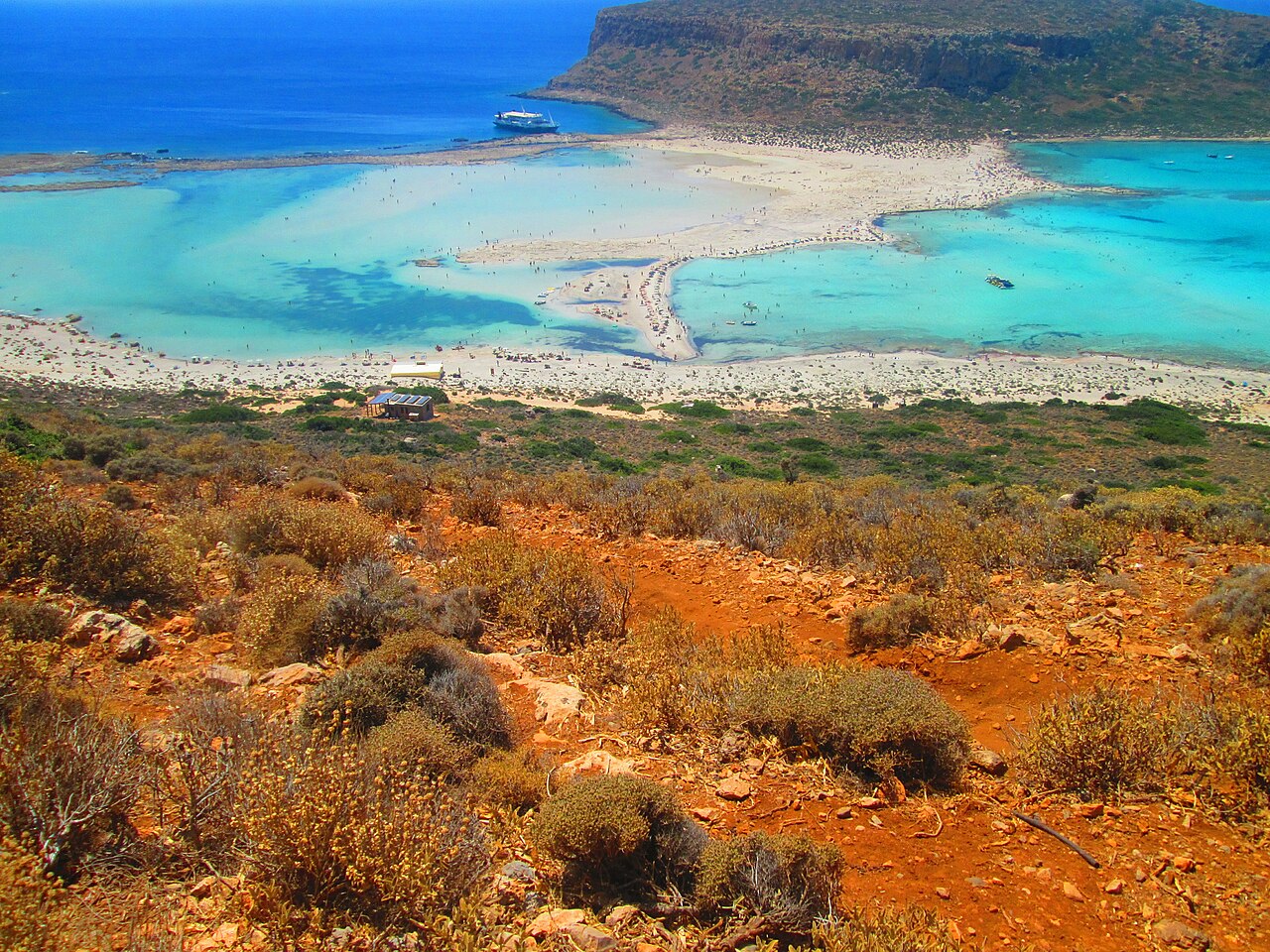
3 comments:
That's a wonderful review and I completely agree with you that the revision of the word diversity is one of the best parts in the book.
I also agree that there should have been more ecology stuff, especially botanical speaking, the flora of the Solnhofen archipelago would be such a interesting chapter.
By the way, from which island comes this last photo, it's not far from how I imagined these small islands and I'm always searching for references for my Jurassic Germany series =)
I forgot where I stole it from... I think Mediterranean?
You can google search images of flora from the Solnhofen - lots of cheirolepidiaceae - kinda shrubby salt tolerant conifers look a bit succulent.
Could be Greece... hmmm, will search for it...
I know the flora of Solnhofen pretty well (especially the cheirolepidiaceae) I just missed them in the book =D
Post a Comment